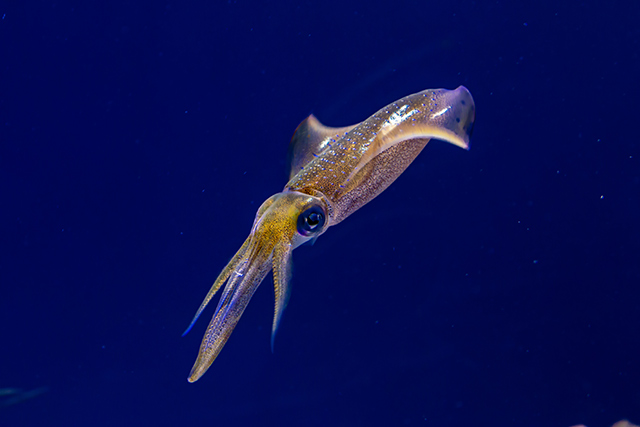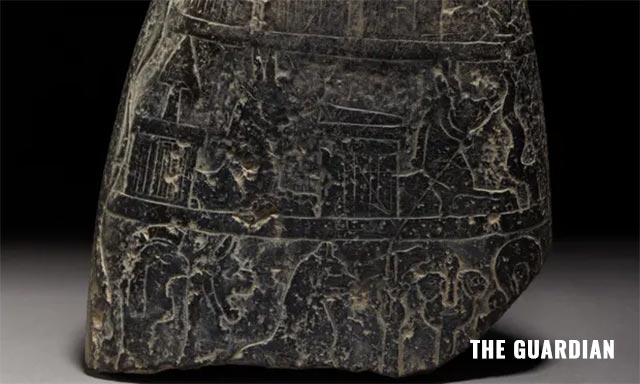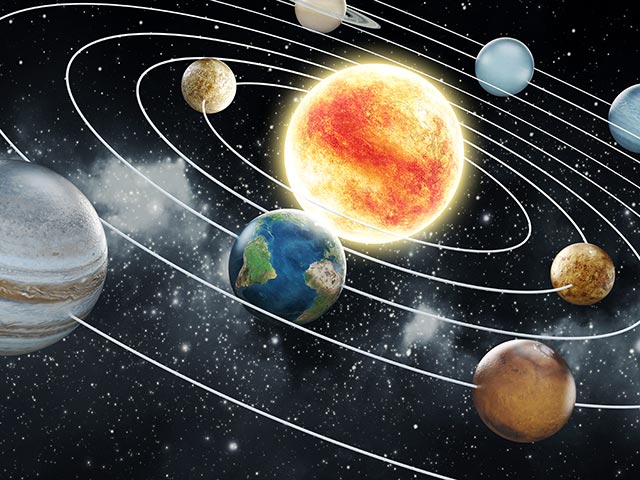Worms are cool: They can regrow their brains if they lose their heads
08/22/2019 / By Stephanie Diaz

There are some animals that can grow back specific parts of their body when they have been cut off. Lizards, for example, are known for their ability to grow back their tails. However, experts have found something even more fascinating. New research published in Proceedings of the Royal Society B has revealed that some species of ribbon worms can re-grow their heads.
Some species of worms can re-grow their heads, brains and all
Researchers from different institutions collated information on 35 species of ribbon worms from the phylum Nemertea. From that roster, the researchers chose 22 species to investigate. The researchers then proceeded to cut off their heads and tails. Results showed that all 22 species could re-grow their tails. However, a few could also regenerate their entire heads.
In another study published in the Journal of Experimental Biology, researchers from Tufts University found that planarian worms can also re-grow their heads. During the experiment, the researchers trained the worms to find food across a rough surface. They also measured how long it took for each worm to find food. Then, they decapitated the planarian worms. After two weeks, the researchers found that the worms regenerated their heads and even re-learned the ability to find food. (Related: Superhuman abilities: Scientists find link to worm DNA that could allow humans to regrow limbs.)
Other animals that are known to regenerate body parts
Experts believe that re-growing body parts are an ancient trait that is passed on as species evolve. Many animals, not just worms, are known to re-grow lost body parts. Here are five more animals known for their incredible regenerative abilities.
- Mexican tetra: In a study published in Cell Reports, researchers sought to find out why some fish can regenerate tissues, while others cannot. To investigate, they removed a piece of tissue from the hearts of river fish and a cavefish called Mexican tetra (Astyanax mexicanus). They found that the river fish regenerated the missing heart tissue, while Mexican tetra developed a scar over the injury.
- Salamanders: Salamanders are lizard-like amphibians. They are known for their ability to re-grow a lost tail to full length. The whole regeneration process, which involves migrating cells to the wound, takes a few weeks to finish. The re-grown tail is fully functional and has all the features of the original tail, including the nerves and the spinal cord.
- Axolotls: Axolotls may look like fish, but they are actually amphibians. These four-legged relatives of the salamander can regenerate not just their tails but also many other body parts like limbs and skin. Previous studies have found that axolotls can perfectly regenerate lost body parts.
- Starfish: While their name implies that they are fish, these five-limbed species are actually echinoderms. Research has shown that these creatures can re-grow lost limbs that were previously detached from their central disk. The opposite also holds true. Some species of starfish are known to regenerate their entire body from a lost arm.
- Sea cucumbers: Another echinoderm, sea cucumbers have the amazing ability to repair organs in a short period of time. For instance, these species are known to regenerate damaged parts and heal deep wounds in just a week.
Many species in this world have the amazing ability to regenerate lost body parts. Recently, they have been the focus of research, which investigates how these animals may be able to help with human cell regeneration.
Sources include:
Tagged Under: amphibians, animals, axolotl, cool science, discoveries, echinoderm, fish, Nemertea, planarian worms, regeneration, research, ribbon worms, salamanders, sea cucumbers, star fish, weird science, worms
RECENT NEWS & ARTICLES
COPYRIGHT © 2017 WEIRDSCIENCENEWS.COM
All content posted on this site is protected under Free Speech. WeirdScienceNews.com is not responsible for content written by contributing authors. The information on this site is provided for educational and entertainment purposes only. It is not intended as a substitute for professional advice of any kind. WeirdScienceNews.com assumes no responsibility for the use or misuse of this material. All trademarks, registered trademarks and service marks mentioned on this site are the property of their respective owners.



















